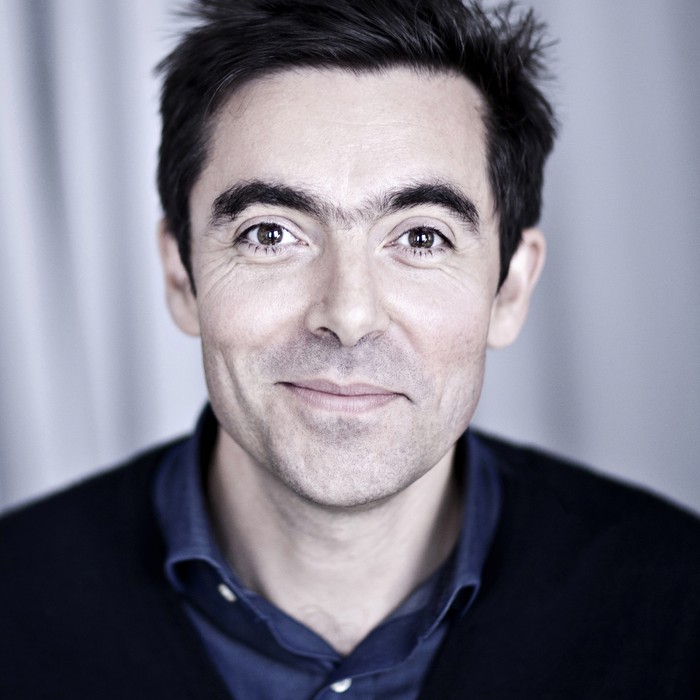
Visiting artist professor
2018 - 2019
Patrick Jouin
Born in 1967 in Nantes (France)
Born 1967 in Nantes, France.
Diploma in industrial design, ENSCI-Les ateliers, July 1992.
Patrick Jouin is a designer and was made an Officer of the French Order of Arts and Letters in 2017.
As well as industrial design, his creativity is also expressed in the decorative arts.
Working on ambitious projects with bignames such as Pedrali, Zanotta, FIAM, Busnelli, Cassina, Kartell, Alessi, Puiforcat,J.C. Decaux and Fermob, he occupies a special place in the field of international design, a world in which he moves with an unusual mixture of ease and power.
Jouin's career, and the work of his design agency, Patrick Jouin ID, was the subject of an exhibition at the Pompidou Centre in 2009 and was honoured by the Compasso d'Oro prize for the PastaPot in 2011..
Several of his designs are held in the permanent collections of museums around the world. For example, his Solid collection, which was the first series of actual-size furniture to be made using 3D printing technologies in 2004, was acquired by MoMA. Jouin also works on interior architecture projects with Sanjit Manku, with whom he formed the Jouin Manku agency in 2006.
Colour and light by Patrick Jouin, designer. "Imagine a device for painting without painting, with no pigment, with just light and its infinite spectrum. Electrical waves and wavelengths. Kaleidoscope, chance and artificial intelligence.
What is the effect produced on man by the fleeting vision of a rainbow ?
Ever since man has existed, this appearance of pure colour has struck wonder into our hearts. Since Isaac Newton we have known that is it the result of the diffraction of light rays from the sun. Droplets of water act as prisms, spreading the different wavelengths in an infinite shimmering of colours visible to our visual system: the eye and its decoder, the brain.
The blue of the sky is due to the same phenomenon, but here it is air molecules that let through the indigo and blue wavelengths and block those that tend towards red.
Birds, flowers and insects have managed to synthesise these colours that are present to such fascinating effect in gems and minerals. Like the impalpable trace of the chemical composition of the entire universe, colour is revealed by the unimaginable energy produced by the sun and its constant destruction.
How did the first artists use colours before they were able to synthesise them ?
Did they make compositions of flowers, of feathers ? It is easy to suppose that colour always fascinated us, which is why we finally succeeded in reproducing it, in stabilising it.
The red of the ferrous pigments in the Chauvet cave complement the black of the charcoal.
The drawings have been there for 36,000 years. The mineral colour is clearly visible but one can also imagine that other, more colourful works did not withstand the ravages of time.
Colour, after the kind obtained by chemistry, suspended in linseed oil, in gum Arabic, glass or acrylic, has also become visible on photographic paper or as an electric wave on a screen. Always a vibration.
The theme of the research that I wish to carry out at Le Fresnoy will therefore be the perception of colour, using the new techniques that we have for making it visible and working with it. Chance and artificial intelligence will help to make this painting without paint."
Patrick Jouin
